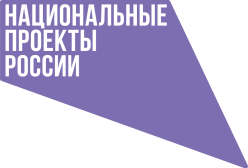“The Gold of the Huns” exhibition showcases unique and highly interesting artifacts from a burial site near the village of Volnikovka in the Fatezhsky district of the Kursk region, which was destroyed by treasure hunters. This is the northernmost known burial from the Hunnic period currently identified in Russia.
The collection includes over 300 items made of gold, silver, and copper alloy, dating to the first half of the 5th century CE. Among them are three belt sets with metal plates and buckles, adorned with glass mosaics and garnets. In addition to the belt fittings and sword scabbard plates, crafted in the cloisonné style typical of the Germanic tribes during the Migration Period, horse harness decorations are quite noteworthy. These items are made in the polychrome style, traditional for steppe nomads, and confirm the presence of the Huns in the Kursk region.
Moreover, the exhibition features finds that
reflect both events preceding the Migration Period and the settlement of Slavic
tribes in the second half of the first millennium CE in the territory of what
is now the Kursk region.
Exhibits are marked with AR stickers for identification purposes.
